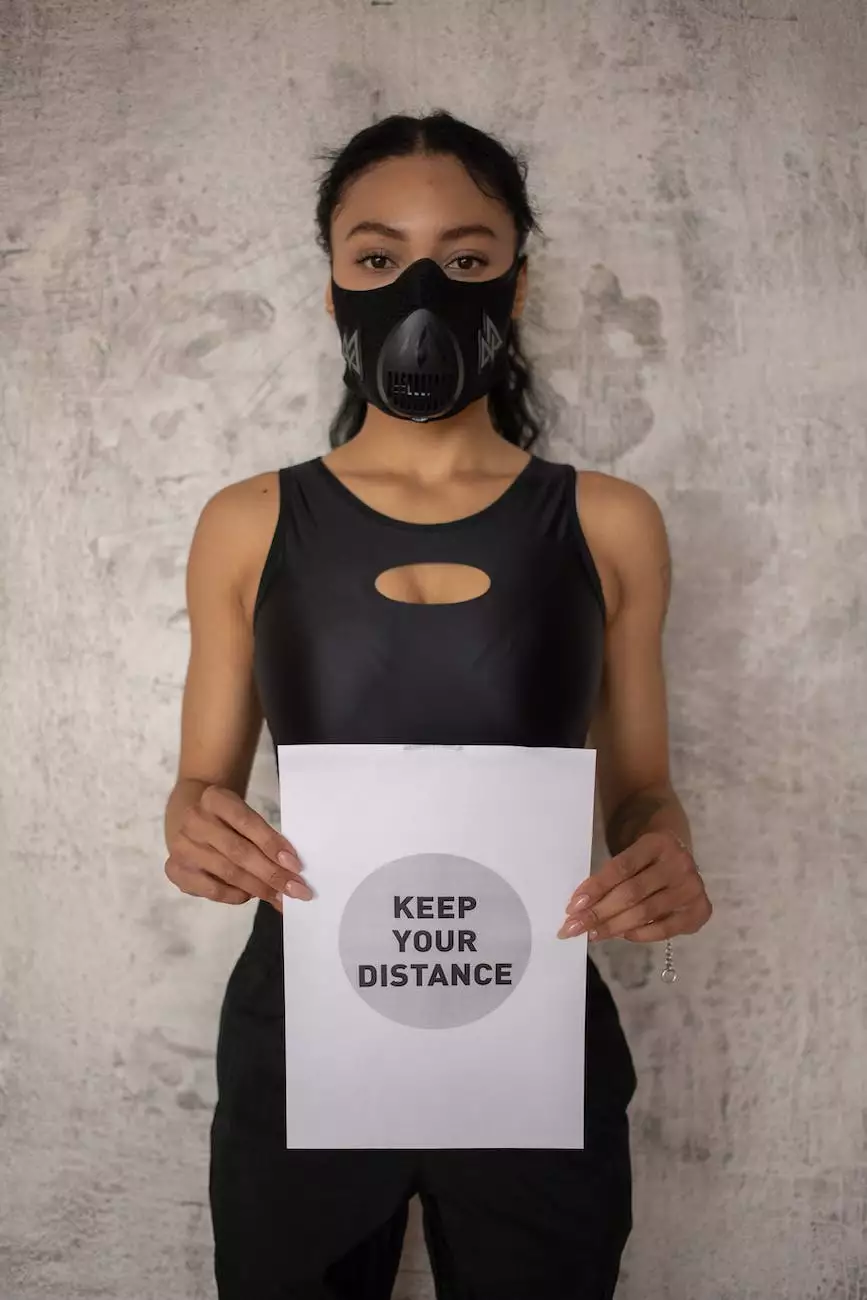Understanding the Difference Between RSV and COVID-19
Health
Introduction
Welcome to Kelley Tim PA-C, your reliable source of information on health-related topics. In this comprehensive guide, we will explore the critical differences between Respiratory Syncytial Virus (RSV) and COVID-19. Through detailed insights, we aim to equip you with the knowledge necessary to differentiate between these two respiratory illnesses effectively.
What is RSV?
Respiratory Syncytial Virus (RSV) is a common respiratory virus that primarily affects young children. It is highly contagious and spreads through respiratory droplets when an infected person coughs or sneezes. RSV typically causes mild cold-like symptoms in healthy individuals but can lead to severe respiratory infections in infants, older adults, and individuals with weakened immune systems.
What is COVID-19?
COVID-19, also known as Coronavirus Disease 2019, is a highly infectious respiratory illness caused by the novel coronavirus SARS-CoV-2. It spreads mainly through close contact with a COVID-19 infected person, primarily through respiratory droplets. COVID-19 can range from mild symptoms to severe illness, including pneumonia and organ failure. It poses a significant threat to individuals of all ages, particularly older adults and those with underlying health conditions.
Key Differences Between RSV and COVID-19
1. Transmission
While both RSV and COVID-19 are respiratory illnesses, their modes of transmission differ. RSV primarily spreads through close contact with an infected person or contaminated surfaces, particularly in crowded environments like daycare centers. COVID-19, on the other hand, is highly contagious and spreads through respiratory droplets when an infected person coughs, sneezes, or speaks, making it more easily transmissible in various settings.
2. Symptoms
RSV and COVID-19 exhibit similar symptoms, including cough, congestion, and fever. However, COVID-19 has a broader range of symptoms, including loss of taste or smell, fatigue, body aches, and gastrointestinal issues. Additionally, severe cases of COVID-19 can lead to respiratory distress and require hospitalization, which is less common with RSV.
3. Age Groups Affected
RSV primarily affects young children, especially those under the age of two. They are at a higher risk of developing severe complications if infected with RSV. COVID-19, on the other hand, can affect individuals of all ages. Older adults and individuals with pre-existing health conditions, such as heart disease or diabetes, are more susceptible to severe illness from COVID-19.
4. Testing and Diagnosis
Testing for RSV involves molecular or antigen detection from respiratory samples, while COVID-19 testing primarily involves molecular tests like RT-PCR or rapid antigen tests. Regardless of the testing method, it is essential to consult with healthcare professionals for accurate diagnosis and appropriate treatment plans.
5. Prevention and Protection
Preventing the spread of both RSV and COVID-19 involves implementing similar preventative measures. These include frequent handwashing, avoiding close contact with infected individuals, practicing respiratory hygiene (covering coughs and sneezes with the elbow or tissue), disinfecting frequently touched surfaces, and wearing masks in appropriate settings.
Conclusion
Understanding the differences between RSV and COVID-19 is crucial in navigating these challenging times. By equipping yourself with the knowledge provided in this guide, you can better protect yourself, your loved ones, and your community from these respiratory illnesses. Remember, staying informed and following trusted healthcare guidelines is key to mitigating the spread of such infections effectively.
For further insights and expert advice on various health-related topics, explore our website and consult with Kelley Tim PA-C, your dedicated partner in achieving optimal health and well-being.










